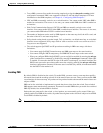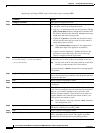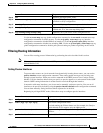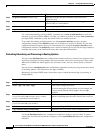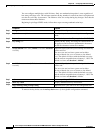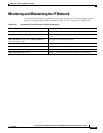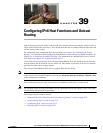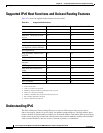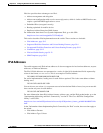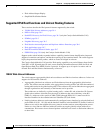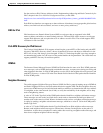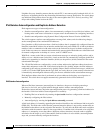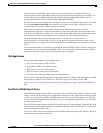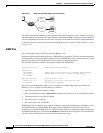
CHAPTER
39-1
Cisco Catalyst Switch Module 3110 and 3012 for IBM BladeCenter Software Configuration Guide
OL-12189-01
39
Configuring IPv6 Host Functions and Unicast
Routing
Internet Protocol Version 6 (IPv6) is the network-layer Internet Protocol intended to replace Version 4
(IPv4) in the TCP/IP suite of protocols. This chapter describes how to configure IPv6 host functions and
unicast routing on the switch.
For information about configuring IPv4 unicast routing, see Chapter 38, “Configuring IP Unicast
Routing.” For information about configuring IPv6 Multicast Listener Discovery (MLD) snooping, see
Chapter 24, “Configuring IPv6 MLD Snooping.” For information on configuring IPv6 access control
lists (ACLs) see Chapter 35, “Configuring IPv6 ACLs.”
To use IPv6 unicast routing only on the Catalyst Switch Module 3110, the switch or the stack master
must be running the advanced IP services feature set. This feature set includes all IP services features
plus IPv6 host and unicast routing support.
The Catalyst Switch Module 3012 does not support IPv6 unicast routing.
Note To use IPv6, you must configure the dual IPv4 and IPv6 Switch Database Management (SDM) template
on the switch. You select the template by entering the sdm prefer dual-ipv4-and-ipv6 {default | vlan}
global configuration command.
Unless otherwise noted, the term switch refers to a standalone switch and to a switch stack.
Note For complete syntax and usage information for the commands used in this chapter, see the Cisco IOS
documentation referenced in the procedures
This chapter consists of these sections:
• “Supported IPv6 Host Functions and Unicast Routing Features” section on page 39-2
• “Understanding IPv6” section on page 39-2
• “Configuring IPv6” section on page 39-15
• “Displaying IPv6” section on page 39-27



